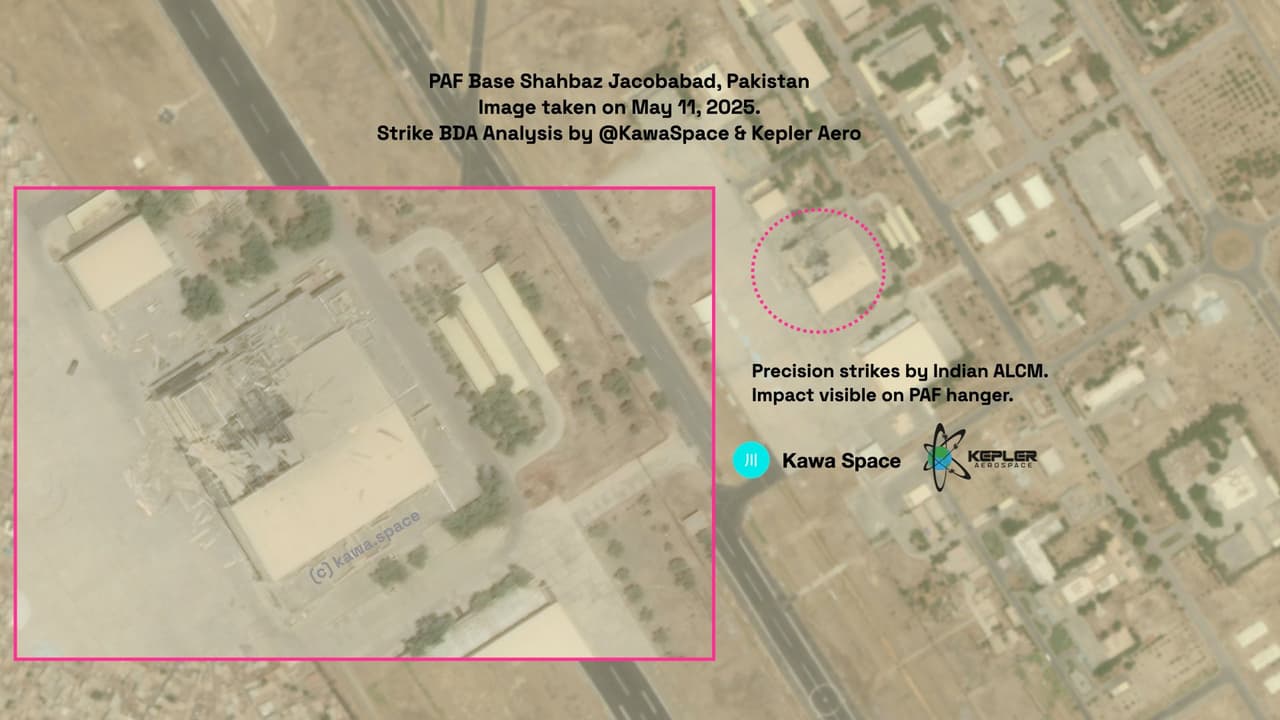According to Indian intelligence assessments, the funds are being siphoned to build 313 new training centres markaz across Pakistan, under the guise of what experts call “digital hawala.”
Pakistan-based terror outfit Jaish-e-Mohammed (JeM), led by Maulana Masood Azhar, has reportedly amassed a staggering PKR 3.91 billion (nearly $14 million) through Pakistani digital wallets like EasyPaisa and SadaPay. According to Indian intelligence assessments, the funds are being siphoned to build 313 new training centres markaz across Pakistan, under the guise of what experts call “digital hawala.”
Investigators reveal that these wallets, some linked directly to Azhar’s family members, have become conduits for terror financing. Several social media campaigns urge followers to contribute, underscoring a sinister fundraising drive aimed at reviving JeM’s infrastructure. The method mirrors patterns highlighted in a July FATF report, which cited India’s finance ministry warning that online payment services were increasingly being misused to bankroll terror plots.
Pakistan’s government had once claimed, under its 2019 National Action Plan, that JeM’s financial lifelines were dismantled. The bank accounts of Masood Azhar and his brothers—Rauf Asghar and Talha Al Saif—were supposedly frozen, cash transactions banned, and fundraising curbed, moves that eventually helped Islamabad wriggle out of FATF’s grey list in 2022. But with traditional networks under scrutiny, JeM swiftly turned to digital wallets that bypass SWIFT-based monitoring systems, allowing the group to continue its financial resurgence unhindered.
Scroll to load tweet…
The urgency of this renewed fundraising came after India’s Operation Sindoor on May 7, when precision strikes hit Markaz Subhanallah and four other JeM camps, killing 14 operatives—including Azhar’s brother-in-law and nephew. In retaliation, JeM launched a digital appeal urging supporters to donate PKR 21,000 each to fund the construction of 313 centres. Large hubs like Subhanallah, intelligence suggests, require PKR 100 million to rebuild, while smaller units can spring up for around PKR 5 million.
In an audio circulated on propaganda networks, Talha Al Saif was heard rallying supporters at Markaz Usman O Ali on August 15: “Donate and fulfil your duty to rebuild.” Incidentally, the Azhar family has been living at this very markaz, barely 6 km from the razed Subhanallah site.
The money trail reveals an intricate web: Over 2,000 digital wallets are in play, with one SadaPay account tied to Talha’s mobile number and another EasyPaisa account operated by Azhar’s son, Abdullah. In Khyber Pakhtunkhwa, JeM’s Syed Safdar Shah is reportedly collecting donations via an EasyPaisa wallet registered near Oghi, Mansehra district. These wallets, frequently rotated, are not just funnelling funds for terror training but also financing luxury lifestyles for the Azhar clan.
Indian assessments warn that JeM’s grand design is to decentralise training operations; large centres will double as secure hideouts for senior leadership, mid-sized ones as active training hubs, and smaller units as logistical bases. Alarmingly, JeM is believed to raise over PKR 100 crore annually through such wallets, with half diverted to arms procurement.
Given JeM’s proximity to Hamas, there are fears that portions of this digital war chest could be used into acquiring attack drones from the black market, further escalating regional security threats.
